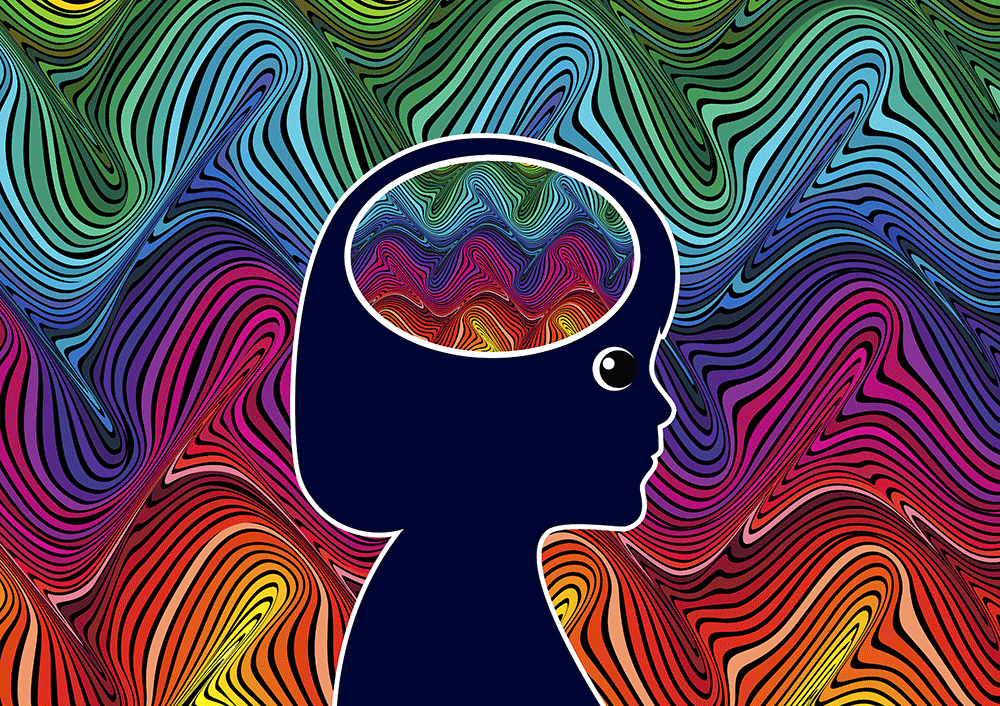prescription stimulants were seen among teenagers, who were between 16 and 19, and not even in college yet.
How young is too young?
The DEA classifies Ritalin as a Schedule II drug – alongside codeine, morphine, opium, methadone, and oxycodone (OxyContin, Percocet) – and there’s plenty of evidence showing that too many teens misuse stimulants, but it’s still extremely common to see very young children, even toddlers, taking such drugs as prescribed.
“The youngest child I prescribed a stimulant for was probably four or five,” said Dr. Mike Woznicki, psychiatrist from Watertown, NY. “The diagnosis is made too often for some kids, while those without the hyperactivity component are often underdiagnosed. It’s very hard to diagnose a child who isn’t hyperactive. Therefore they end up struggling for a long time and being stereotyped as if they weren’t smart enough.”
“The use of stimulants in treating my child’s ADHD has proven to be remarkably effective,” said Mary Collins, whose 11-year-old son Jeremy has been taking Ritalin since he was five-years-old. “His ADHD was having a tremendous negative impact on him — mentally, academically, behaviorally, socially, and emotionally. With pharmacological treatment, he has been able to be appropriate, healthy, and successful in all of these areas for six years now. I cannot adequately express how much he would have had to struggle in life without stimulant medication; I truly believe they saved his life.”
The CDC recently updated its guidelines, which recommends that doctors refer parents of children under six to seek behavior therapy for their children before considering ADHD medications.
“I taught hundreds of kids and dozens were on ADHD meds, although only a handful seemed to need them,” said Diana Scholsky, a former teacher for 35 years in New York State. “The children on Ritalin were remarkably different. They were a lot less responsive and calmer, but didn’t act like themselves, which was disconcerting.”
Scholsky worked with parents in finding new ways to get the most out of her students. Imposed, short-term limits — where a child worked on something for five minutes, given a five minute break, and then returned to their work did the trick. “Alternatives and time to be active,” are all they needed, she said.
Are medicated ADHD patients more vulnerable to future substance abuse?
A 1999 Berkeley study that was conducted over 26 years, examined 500 kindergarteners and found that children who were medicated with stimulants like Ritalin, were more likely to smoke cigarettes and abuse other stimulants, like cocaine, later in life.
A 2013 study by UCLA researchers also concluded that “treatment of attention-deficit/ hyperactivity disorder with stimulant medication neither protects nor increases the risk of later substance use disorders”
Is it Ritalin or ADHD itself that can be the catalyst for addiction?
According to research conducted by Massachusetts General Hospital in 2011, 15-25 percent of adults with drug and alcohol use disorders have ADHD.
In those cases, Ritalin may actually help stave off addiction.
However, “if you talk about a population of kids who don’t have ADHD and are taking it recreationally, then I definitely think that Ritalin, or any stimulant, will act as a gateway drug,” Austic said.

















